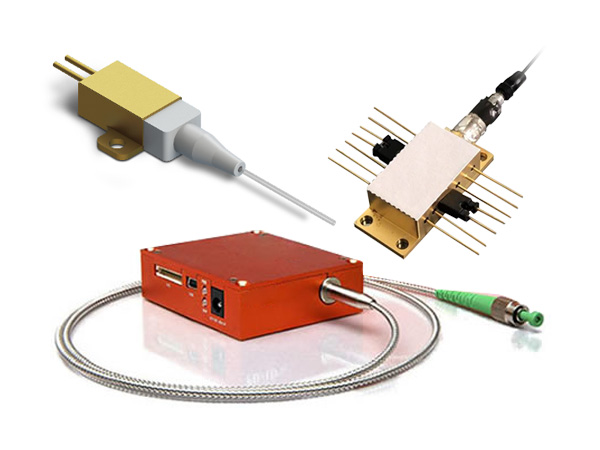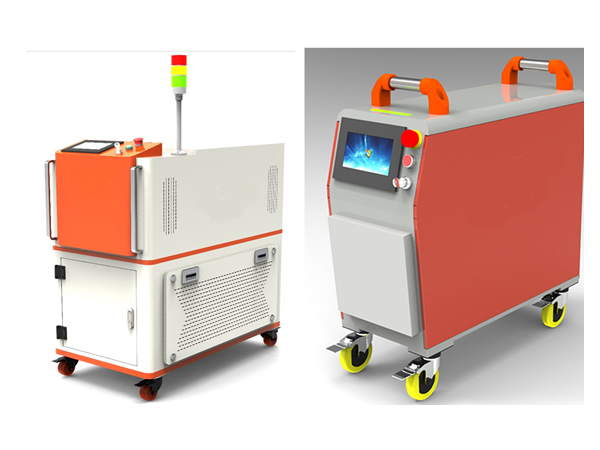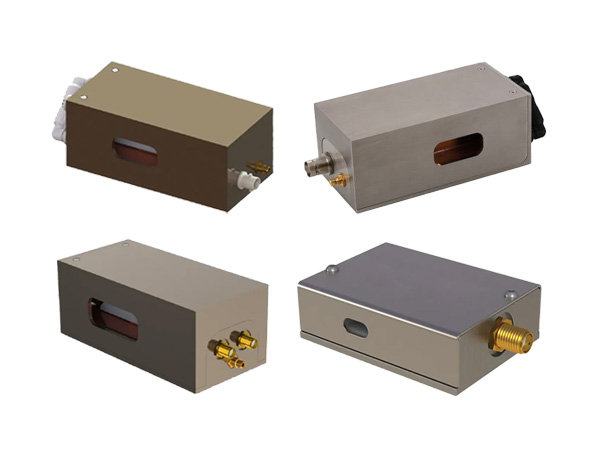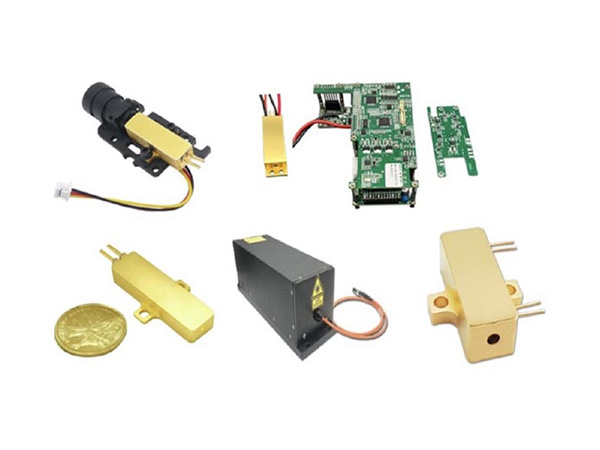STTM 1550nm LiDAR: Extreme-Environment Sensing Core & Tech Evolution
With ultra-long range, high precision, strong stability, and military-grade reliability, 1550nm imaging-grade LiDAR not only plays a core role in extreme environments such as mines but also, with its technical characteristics and product forms (e.g., Automotive-grade Hybrid Solid-State 1550nm LiDAR), promotes the expansion of cross-field applications. Its future development direction is increasingly clear, presenting an overall full-link value logic of "technical foundation - scenario implementation - iterative upgrading". The details are as follows:
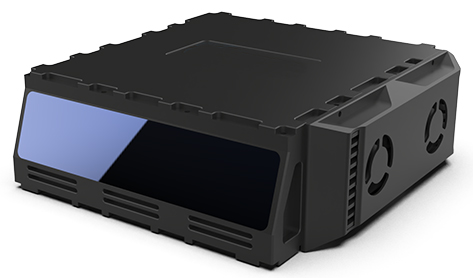
I. Core Technical Foundation: Dual Guarantee of Performance and Reliability
The competitiveness of 1550nm imaging-grade LiDAR stems from its underlying technical characteristics and strict standards. Taking the STTM-1550-L1 model (automotive-grade hybrid solid-state 1550nm LiDAR) as an example, its core advantages can be summarized as:
Strong Resistance to Extreme Environments: It has passed military-grade tests (vibration, impact, high and low temperatures, etc.), and with an IP67 protection rating and a wide operating temperature range of -40℃~+60℃, it can resist erosion from extreme environments such as mine dust, construction site dirt, rain, snow, and sandstorms. The core components adopt specially made materials and sealing processes, adapting to the long-term stable operation of heavy-duty equipment.
Ultra-long Range and High-precision Sensing: The maximum detection distance reaches 600 meters (under 30% reflectivity), and the effective detection remains 250 meters at 10% reflectivity. Combined with 0.05° horizontal/vertical angular resolution and ±2cm precision, it can not only scan large scenes such as mines and highways globally but also accurately identify details such as personnel, falling rocks, and equipment contours hundreds of meters away, providing pixel-level point cloud data for safety decision-making.
Balance between Safety and Adaptability: It uses 1550nm wavelength pulsed laser, complying with Class 1 eye safety standards. The hybrid solid-state design (prism rotation scanning) balances stability and miniaturization (size ≤228×220×48mm, weight ≤3kg), and can be integrated into various equipment such as mining trucks, autonomous vehicles, and engineering machinery.
II. Deepening Application Scenarios in Cross-field Extreme Environments
Based on the above advantages, 1550nm imaging-grade LiDAR has been implemented in various extreme scenarios, and its product characteristics are highly matched with scenario requirements:
Mine Intelligence: Adapted to mining trucks, excavators, and other equipment, the 600-meter detection distance, combined with ROI area enhancement technology, can identify slope blind areas, personnel or obstacles hundreds of meters away in advance, greatly improving the obstacle avoidance response time. Pixel-level point clouds provide centimeter-level environmental information for intelligent scheduling systems, supporting the full-link automation of "sensing - decision-making - control" and realizing 24-hour continuous operation.
Construction Sites and Industrial Plants: To cope with environments with much dust and dense equipment, it is installed on cranes, forklifts, and other equipment. Through a 120° horizontal field of view covering a wide range, it scans surrounding personnel and obstacles in real-time, and combines a point frequency of 1.2 million points per second to build 3D environmental maps, assisting in material volume measurement and collision warning, and adapting to safety monitoring in high-temperature and dusty scenarios such as steel plants and chemical plants.
Autonomous Driving (Extreme Road Conditions): In scenarios such as highways, mountainous areas, and deserts, the 1550nm band has significant resistance to rain, snow, and fog interference. The 600-meter detection distance can identify distant out-of-control vehicles or falling rocks in advance. The hybrid solid-state design and 1000Mbps high-speed data transmission meet the needs of L4 autonomous driving for real-time environmental perception, especially suitable for scenarios such as long-distance trunk logistics and unmanned transportation in mining areas.
Low-altitude Security and Special Inspection: In sensitive areas such as airports and nuclear power plants, relying on 600-meter ultra-long detection and 360° monitoring, it can accurately identify illegally intruding drones. In the inspection of high-voltage line towers and wind power equipment, it can penetrate fog and rain interference, identify wire foreign objects or structural defects, providing reliable sensing data for unmanned inspection robots.
Remote Sensing and Mapping: The 1550nm band has strong atmospheric penetration, and can still achieve 3D imaging of objects 1.6km away in low visibility environments such as fog and haze, suitable for topographic mapping and resource exploration in unmanned areas such as polar regions and deserts, with centimeter-level precision.
III. Future Development Trends: Parallel Progress of Technological Iteration and Scenario Penetration
The development of 1550nm imaging-grade LiDAR will focus on "performance breakthrough - cost optimization - ecological integration", further strengthening its core position in extreme environments:
Continuous Upgrading of Technical Performance:
The detection distance is expected to exceed 1000 meters, and the angular resolution will be improved to below 0.03°. Combined with AI algorithms, it will realize the intelligent switching of "global scanning + local fine imaging" to reduce redundant data.
The multi-echo mode and anti-interference algorithm are optimized to improve the recognition rate of low-reflectivity targets (such as glass and vegetation) and reduce the false detection rate in rain, snow, and sand environments.
The integration with cameras, millimeter-wave radars, and other multi-sensors is deepened, and real-time linkage of point cloud and image data is realized through 1000Mbps high-speed transmission, building a more comprehensive environmental perception model.
Cost Reduction Promoting Large-scale Application:
Currently, limited by the cost of core components such as indium gallium arsenide (InGaAs) detectors, the price of 1550nm LiDAR is relatively high. In the future, through vertical integration of the industrial chain (such as self-developed chips and optimized packaging processes) and expansion of mass production scale, the cost is expected to approach that of 905nm LiDAR, promoting its penetration from high-end mines and special vehicles to mid-end engineering machinery and port logistics equipment.
Scenario Applications Extending to Deep Intelligence:
In the mining field, it will upgrade from simple obstacle avoidance to full-process intelligent decision-making such as unmanned mining truck cluster scheduling and 3D modeling of blasting areas.
In the field of autonomous driving, it will adapt to more extreme road conditions (such as plateau permafrost areas and desert highways) and become a standard sensor for L4 autonomous driving.
In the energy industry, it will be integrated into the operation and maintenance of "wind-solar-storage" power stations, realizing refined management by identifying hot spots on photovoltaic panels or cracks in wind turbine blades through high-precision point clouds.
Integration and Miniaturization Adapting to Multiple Equipment:
Relying on hybrid solid-state design experience, the volume will be reduced by more than 50% in the future, and the weight will be reduced to less than 1kg, adapting to lightweight equipment such as drones and micro-inspection robots, and expanding to scenarios such as polar scientific research and deep-sea exploration.
Conclusion
1550nm imaging-grade LiDAR (such as the STTM-1550-L1 model), with the combined advantages of "ultra-long range + high precision + strong stability", has become the core sensing equipment for intelligence in extreme environments. From mines and construction sites to autonomous driving and special inspections, its application scenarios continue to deepen. Technological iteration and cost optimization will further promote its upgrading from a "specialized equipment" to a "general-purpose sensing hub", ultimately becoming a key link connecting extreme environment operations and intelligent upgrading.
For more information on our 1535nm LiDAR, please click here.
 English
English Français
Français Deutsch
Deutsch euskara
euskara Русский язык
Русский язык Italiano
Italiano Português
Português Nederlands
Nederlands Polski
Polski Greek
Greek Lietuva
Lietuva Türkçe
Türkçe 日本語
日本語 한어
한어 中文
中文 தாமில்
தாமில் فارسی
فارسی हिंदी
हिंदी Tiếng Việt
Tiếng Việt ภาษาไทย
ภาษาไทย Pilipino
Pilipino Indonesia
Indonesia தாமில்
தாமில்
